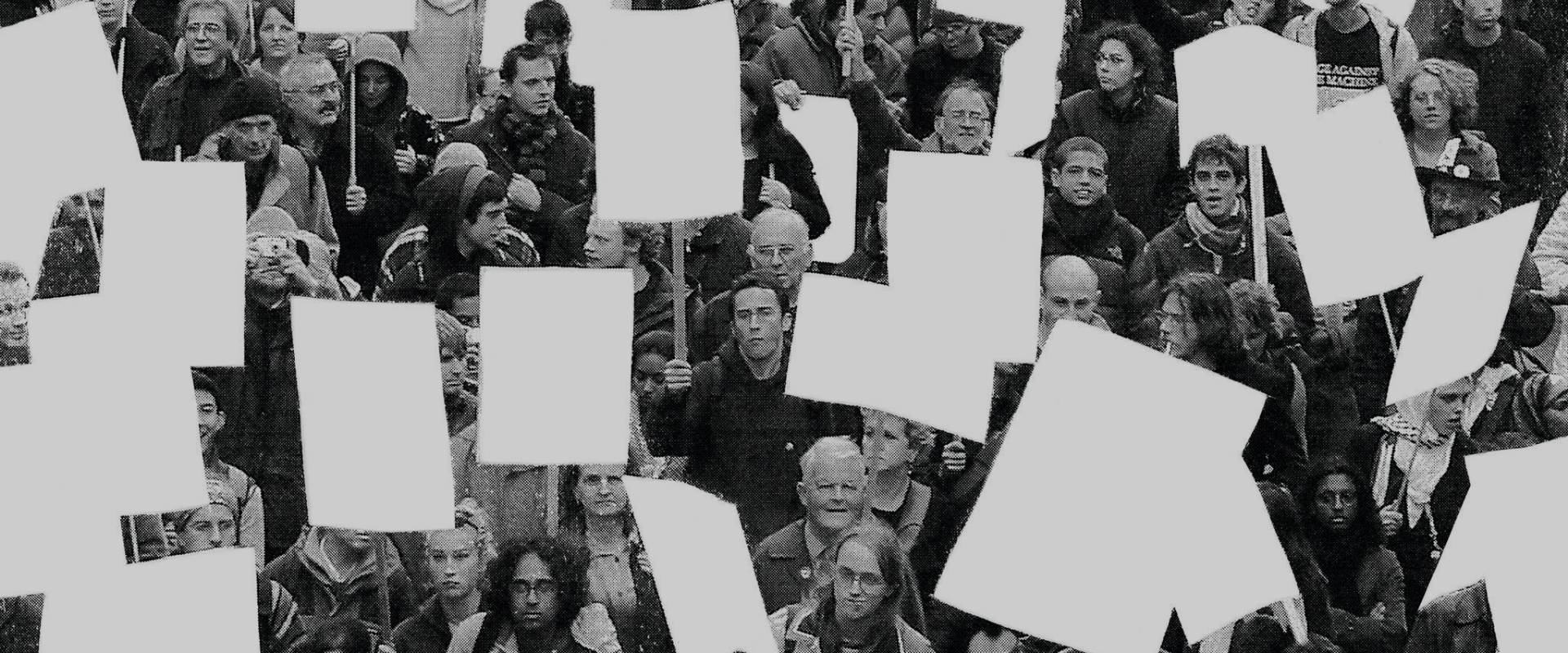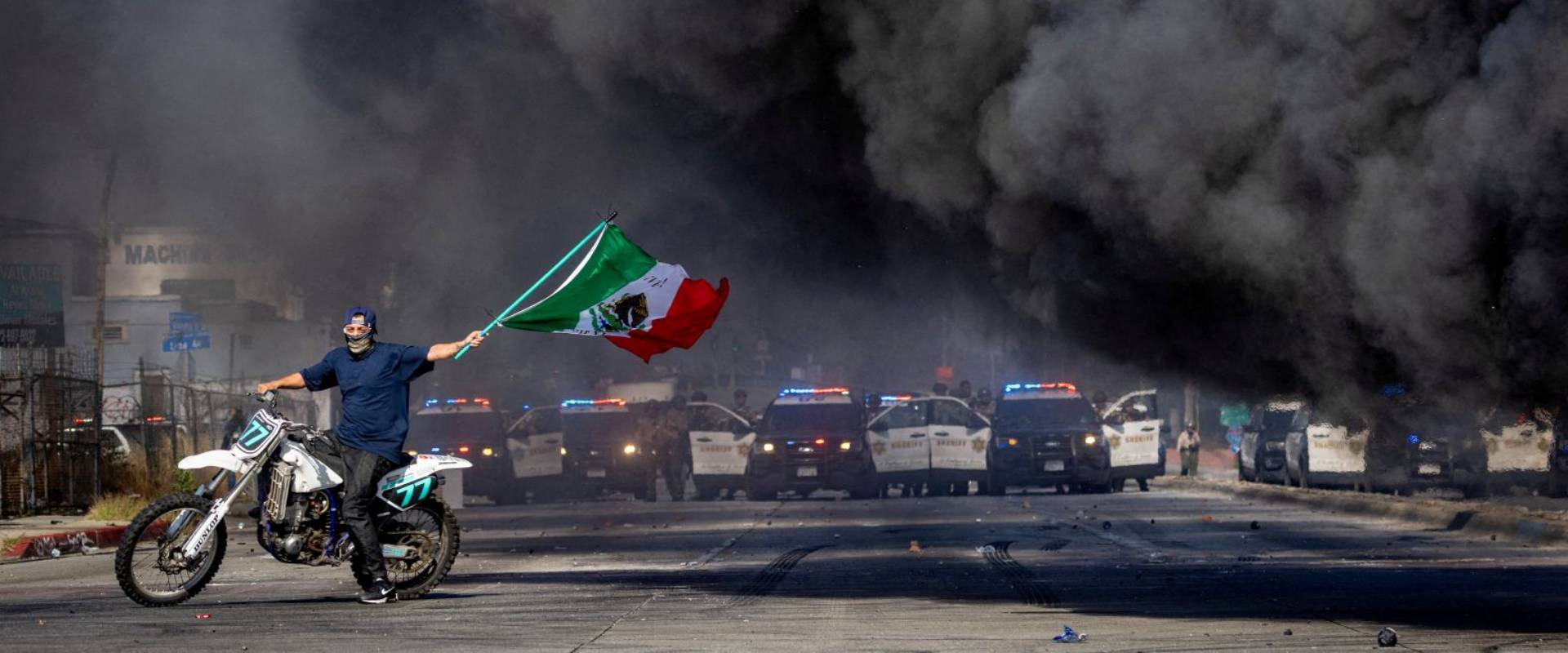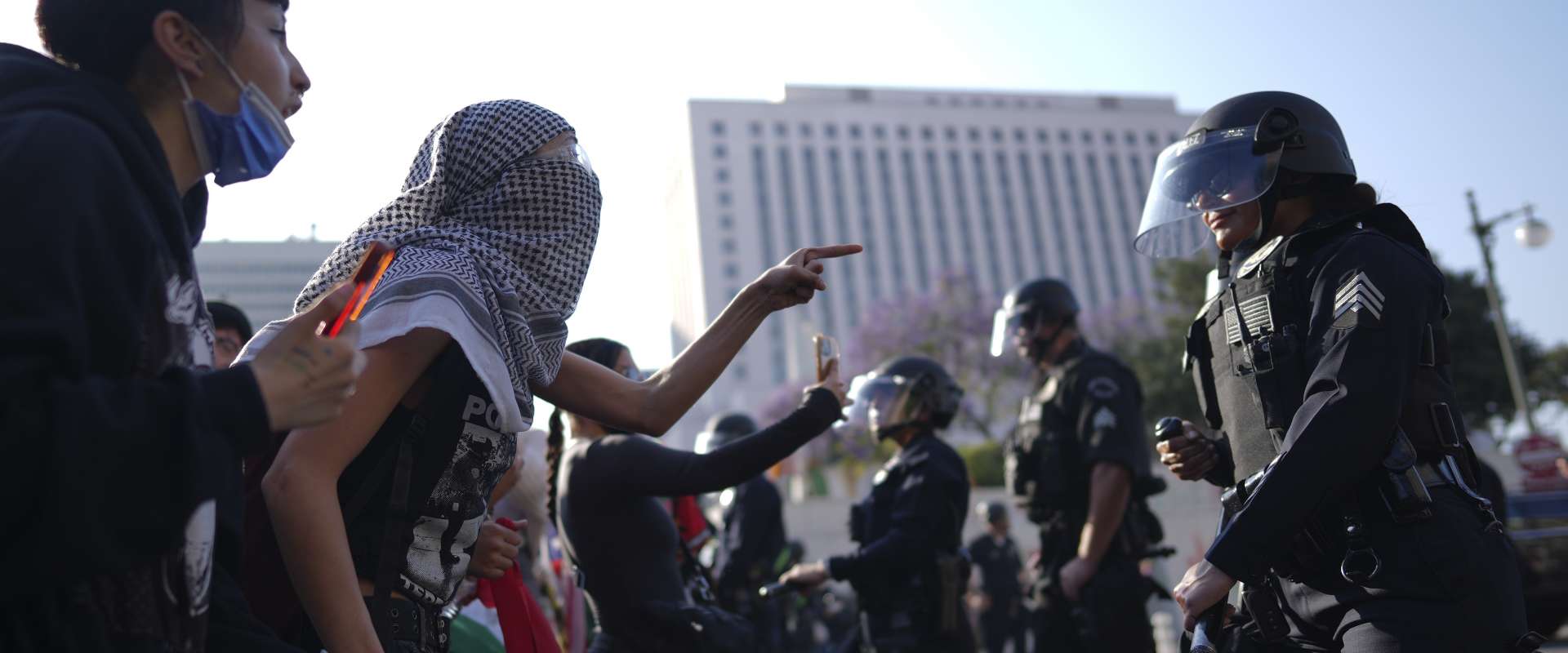The ruling ideas of any age are the ideas of the ruling class. — Marx and Engels
The consciousness of the working class has always been mixed. Acceptance of the dominant capitalist ideas is combined with resentment for and opposition to oppression and exploitation. Capitalism promotes competition among workers but also compels them to unite against the capitalists. In other words, it promotes class consciousness. Rising struggle enhances that class consciousness, which increases the possibility of struggle. The same happens in reverse in times of falling struggle. Within that overall context, the divisions in ruling-class politics create more openings for political divisions on a mass scale. Polarization at the top is echoed by polarization at the popular level. Mass polarization in turn reinforces divisions in the ruling class. For example, rising ruling-class polarization under neoliberalism accelerated polarization among the population generally. Polarization increases radicalization on the extremes of the poles.Ruling-class apologists, especially liberal defenders of capitalism, have consistently misread this situation. They want to return to the status quo pre-polarization. They view radicalization as the disrupter of wholesome patriotism.Resistance to oppression and exploitation causes a ruling-class backlash. The upsurge of class and social struggle in the late 1960s and early 70s pushed the ruling class toward neoliberalism to turn back the gains of struggle. On the margins, this led to reactivation of the Ku Klux Klan. On a broader scale, the anti-abortion movement and Moral Majority picked up steam in the 70s and 80s. The relationship of the ruling class to right-wing movements is complex and changing. Some right-wing movements are primarily or at least largely astroturf as opposed to grassroots movements — i.e. they are funded and led by capitalists or their hangers-on. This was true of the Tea Party in the 2010s. Just as importantly, shifts in ruling-class ideology alone can create the basis for right-wing movements even when the capitalists don’t fund or run them. When the ruling class was relatively united, before neoliberalism, the extreme right and left were also small for the most part. The main exception was the leftward movement of young people, women, LGBTQ+ people and people of color in the late 60s and early 70s. This started with the Civil Rights and antiwar movements, which fostered the movements for women’s, gay, Black, and Chicano liberation. The polarization was a short-lived exception to the relative political stability of the postwar, pre-neoliberal era. Many workers and other poor people reacted to neoliberalism by moving to the left (for example, in the anti-globalization movement of the late 90s) as they had during the upsurge of struggle in the late 60s and early 70s. This leftward movement took years to build up as the masses struggled to orient to the new situation.
Neoliberalism gives rise to polarization
Neoliberalism also pushed elements of the middle class and even some working-class people to the right. The neoliberal shift accelerated nascent racist and sexist ideas that had always been reflected in US history and in US society’s institutional bigotry. Middle-class people came under economic pressure and saw their social position slipping. This especially impacted middle-class white men, who saw their racial and gender positions slipping relative to women and people of color. Compared to the working class, sections of the middle class had more time to engage in right-wing movements. The Great Recession of 2008 accelerated these trends. Polarization increased. Since then, a majority of young people and a significant section of the population as a whole have indicated they support socialism. Sales of The Communist Manifesto have increased. The Democratic Socialists of America (DSA) has become the largest socialist group in the US since the 1930s. On the other side, the disaffected middle class have gravitated toward right-wing politics. Small fascist and militia groups have grown. Donald Trump has galvanized mainly middle-class rightward-moving elements into the MAGA movement. Older white workers especially have been influenced by MAGA, but its base is primarily middle class, as shown by the occupations of the arrestees who took part in the January 6 riot in Washington.There is no way the working class can successfully confront the capitalists, much less overthrow them, if some sections of workers accept oppression against other sections.This growth of a middle-class, right-wing movement is similar to the growth of fascism in the 1930s. However, the economic crisis is, so far, less severe than in Europe in the 30s, so most of the rightward polarization has gone over to MAGA rather than directly to fascism. The situation that has developed from 2008 onward is a milder version of Lenin’s prerequisites for a revolutionary situation: the ruling class is no longer able to rule in the old way, as a united ruling class, and sections of the population are no longer willing to be ruled in the old way. This milder version has not created a revolutionary situation. It has, however, created a period of radicalization to both the left and the right. Ruling-class apologists, especially liberal defenders of capitalism, have consistently misread this situation. They want to return to the status quo pre-polarization. They view radicalization as the disrupter of wholesome patriotism. They stress the need for dialogue. They echo Rodney King, the victim of police brutality who tried to quell the 1992 Los Angeles uprising that erupted in his name by asking, “Can we all get along?” Revolutionaries understand that there is no way to put the genie of polarization back in the bottle — nor do we want to. Capitalism has created a polarized environment in the ruling class and in the popular classes. Marxists use the dialectical method to drive the contradictions to the limit rather than trying to paper over them. At the most fundamental level, the basic conflicts are irreconcilable. Capitalists want to increase the level of exploitation as much as possible. They want to use oppression to make this more effective. Therefore, it is in the interest of workers to oppose exploitation and oppression. To accept any part of the capitalist agenda is to sacrifice the essential needs of the working class. The right wing amps up oppression and serves the interests of the capitalists. This is true no matter what class the bigots come from. We do not give working-class bigots a pass.
How to defeat the right?
Some on the left, such as the reformists in the DSA, want to ignore divisive issues. They argue that socialists should only organize around demands that all workers equally benefit from, such as higher wages and better healthcare. These class reductionists forget that racism and sexism already divide the working class and must be taken on directly. There is no way the working class can successfully confront the capitalists, much less overthrow them, if some sections of workers accept oppression against other sections. Revolutionary Marxists have always fought for the special demands of the oppressed.Every victory in movements that champion working-class interests helps build the struggle against oppression and exploitation.Marxists promote working-class struggle against exploitation. We want all workers to fight back collectively, no matter their individual politics. However, we understand that racism, sexism, and other forms of bigotry weaken the struggle. We take on the right wing when it acts independently and we oppose oppressive ideas in the course of struggles against exploitation. We do not write off workers influenced by racism and sexism, but we confront those divisive ideas. In response to pessimism and the failures of the left, some people of color adopt separatist ideology. Marxists reject separatism as a solution, but support the right of oppressed people to separate if they deem it necessary. We will work with separatists against oppression, if possible, but argue that only a unified working-class struggle can overcome oppression. Building unified struggle is one important way to undercut the appeal of separatism.
How do we win?
Confronting and defeating the right is one important task of revolutionaries. It is not, however, the only one. The final victory of the working class will require the defeat of bourgeois liberalism and social-democratic reformism as well. As long as workers believe that the system can be reformed successfully, they will never seek to overthrow it. We work with liberals and others for goals we agree on, but try to convince them that capitalism cannot achieve them. We use the united-front approach rather than the popular-front strategy. Liberalism is a lesser evil to right-wing extremism. It professes to favor progressive goals. We support many of those goals but believe that only revolutionary methods can achieve them. Just as in elections, the lesser evil is still an evil.The key task of revolutionary organization today is to build cadre.Every victory in movements that champion working-class interests helps build the struggle against oppression and exploitation. Such victories, even at the local level, enhance the working-class position. Marxists oppose single-issue politics. We try to convince single-issue activists that their demands would be strengthened by victories on other issues. “An injury to one is an injury to all. A victory to one is a victory for all.” These 19th century mottos from the Industrial Workers of the World (IWW) are still valid. Exploitation of labor is the ultimate linchpin of capitalism. However, the key task of revolutionary organization today is to build cadre. With limited resources, we assess involvement in particular issues on the basis of how they impact overall politics and on the basis of where we can best find potential Marxist cadre. Part of this assessment is how radical the issue itself is. On the basis of these assessments, the Palestine liberation movement has proven to be the most important movement in which to participate in the past year. We propagandize around as many issues as possible and connect them to socialism even when we don’t have the resources to directly organize around them. Polarization has produced thousands of potential Marxists. The polarization in the ruling class and the population generally has opened up more space for revolutionary organizing. We should embrace it. We need revolutionary optimism of the intellect and of the will.
Illustration by Derek Brahney



